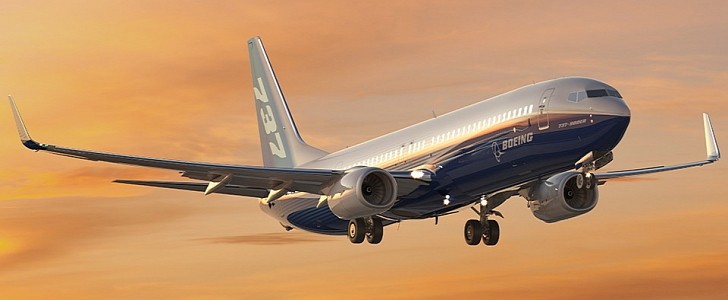When speaking of electric aircraft, one of the most talked about benefits is a reduced noise level, compared to standard airplanes. But there’s still a long way to go until electric air mobility vehicles will be widely used. Until then, there are possible solutions for the noise pollution issue, one of them being a truly flexible material, known as shape-memory alloy.
Aircraft are noisy during takeoff because of the engines, and when they land, because of the wings that are preparing for touchdown. When the front edge of the wing separates from the main wing, the air starts to circulate in between, making the unpleasant noise we know. Researchers at Texas A&M University are now working on a revolutionary material that could act as a filler in the wings, hindering the air circulation and, therefore, reducing the noise.
NASA Langley Research Center, the Physical Sciences Research Council and the Royal Academy of Engineering are funding this research, with hopes of developing a reliable solution for quieter airplanes. NASA has been playing with this for years, testing shape-memory alloy to reduce drag and improve overall flight performance. This current study, which was published in the Journal of Aircraft, is focusing on noise reduction.
Due to its ability to be malleable and still remember its initial shape (hence its name), this alloy, used as an S-shaped membrane, would act as a filler when the airplane is descending, and then go back to front edge of the wing, after landing. Basically, this membrane would change its shape at every landing.
So far, this was tested through computer simulations. The researchers compared the shape-memory alloy with a membrane made of polymer composite and discovered that both of them were able to stop air circulation by changing their shape, but the alloy was more flexible in terms of shape-design as well.
For the next phase of the research, models of aircraft wings with shape-memory alloy fillers will be tested in wind tunnels, to see if they could perform as well in real-world situations.
Aircraft noise has serious effects on our health in the long run, more damaging than we might think, and this memory metal could be the answer for quieter flights.
NASA Langley Research Center, the Physical Sciences Research Council and the Royal Academy of Engineering are funding this research, with hopes of developing a reliable solution for quieter airplanes. NASA has been playing with this for years, testing shape-memory alloy to reduce drag and improve overall flight performance. This current study, which was published in the Journal of Aircraft, is focusing on noise reduction.
Due to its ability to be malleable and still remember its initial shape (hence its name), this alloy, used as an S-shaped membrane, would act as a filler when the airplane is descending, and then go back to front edge of the wing, after landing. Basically, this membrane would change its shape at every landing.
So far, this was tested through computer simulations. The researchers compared the shape-memory alloy with a membrane made of polymer composite and discovered that both of them were able to stop air circulation by changing their shape, but the alloy was more flexible in terms of shape-design as well.
For the next phase of the research, models of aircraft wings with shape-memory alloy fillers will be tested in wind tunnels, to see if they could perform as well in real-world situations.
Aircraft noise has serious effects on our health in the long run, more damaging than we might think, and this memory metal could be the answer for quieter flights.








